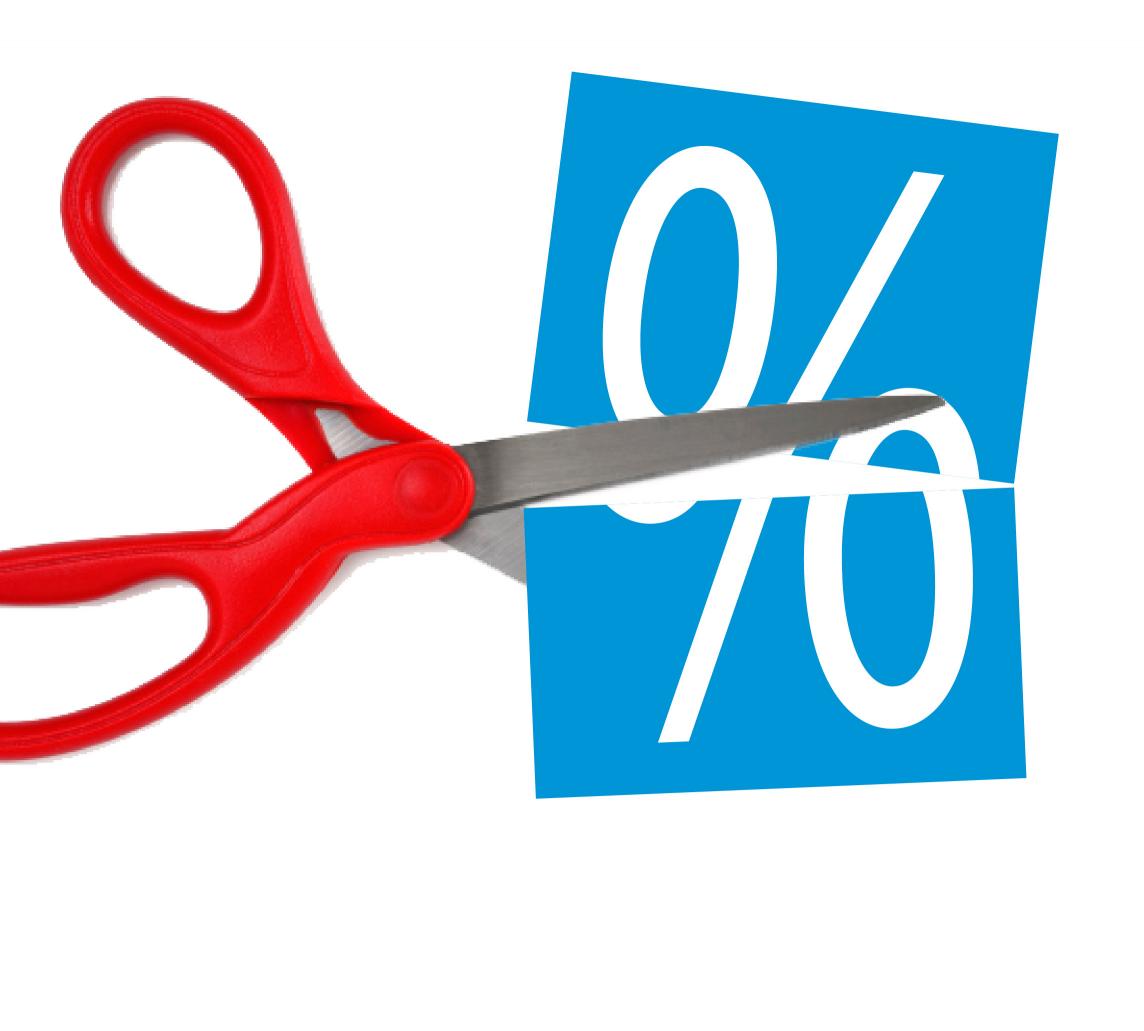An economist says the commercial banks’ inability to meet the increasing demand for loans and has cleared the way for unauthorized and unofficial credit and financial institutions to offer loans at exorbitant rates.
Abol Qassem Hakimipour, a professor of economics at Allameh Tabatabai University in Tehran said the uncertified lending institutions continue to violate CBI regulations and are harming manufacturers, IRNA reported.
“Almost 65% of the liquidity is held by 2,000 unauthorized credit institutions. By offering huge deposit rates these lenders are actually promoting non-productive activities,” the instructor said echoing widespread and vocal opposition to such lenders reportedly in cahoots with powerful vested interests.
Hakimipour referred to the mountain of debts of banks to the Central Bank of Iran and its recent move to “punish” them for overdraft as another reason for the surge in interest rates. “Banks [obviously] prefer 27% lending rates rather than paying fines to the CBI at 34%,” he said.
It is reported that the government owes one quadrillion rials ($33.4 billion at the official exchange rate) in outstanding debts to the banking sector.
Inconsistencies
The economist pointed to the relationship between the inflation and interest rates, saying “data on inflation rates must incorporate all key indices as accurate figures help balance the interest rates. Some items are excluded from inflation indices, causing ambiguity in the figures.”
Criticizing lack of consistency in and reliability of official inflation rates, Hakimipour suggested [establishing] an organization only to analyze the “inflation rate”. It was not clear how this new body would deliver when several other organizations dealing with official data and statistics had failed to deliver.
In April the CBI’s Money and Credit Council -- the highest monetary policy -making body -- and banks reached an agreement to lower deposit rates from 22 to 20%, as inflation had dropped to 15% from about 40% a year earlier.
The official lending rates for Musharikah and Murabaha contracts were set at 24% and 21% respectively from the previously 28% and 22%.
However, most banks seem to have ignored the official rates and are still offering deposit rates as high as 27-28%.
Four Proposals
Meanwhile, Abdolnasser Hemmati , head of Coordination Council of Public-Sector Banks, outlined four major prerequisites proposed by banks to cut deposit rates.
Reducing [high deposit rates offered by] unauthorized credit bodies, lowering banks’ reserve requirement to 10%, improving the interbank market, and reducing overdraft fines for lenders are the conditions put forth by the state-owned banks.
“CBI is has shown inclination to accept two of the proposals, namely improving the interbank business and reducing banks’ overdraft fines,” ISNA quoted him as saying.
According to Hemmati, measures pursued by the CBI to address banking ills include opening credit lines to increase the lenders’ resources and reduce their debts.
Pundits have routinely warned against the damage inflicted by high deposit rates on the real economy and have called for effective banking reforms to help salvage the country’s bank-based and oil-dependent economy


